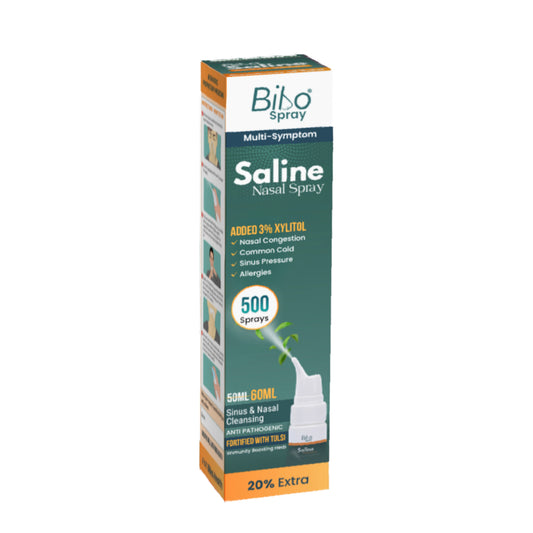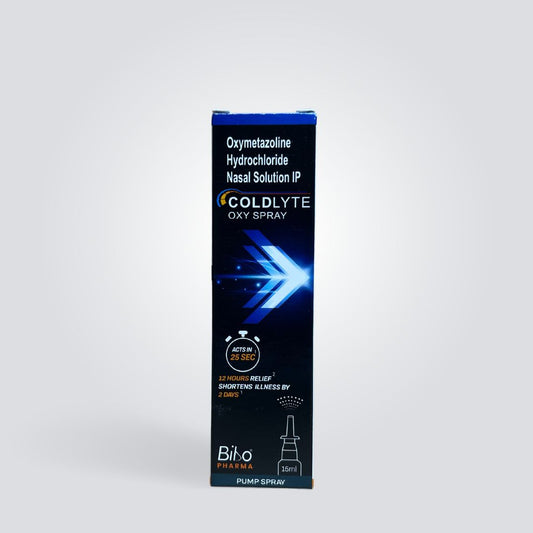Blog written by: DHRITHI BHAT
Many people praise exercise for its many health benefits, such as improving mood and cardiovascular health. However, some individuals may experience exercise-induced asthma (EIA) as a result of physical activity. This blog will cover what EIA is, its symptoms, diagnosis, and most importantly, how to exercise safely with this condition.
What is Exercise-Induced Asthma?
Exercise-induced asthma, also called exercise-induced bronchoconstriction (EIB), is a respiratory condition that occurs when physical activity causes the airways to narrow and become inflamed. Unlike regular asthma, which is often triggered by allergens or irritants, EIA is primarily caused by intense physical exercise.
When you exercise, you usually breathe heavily through your mouth, which can cause the airways to lose moisture, making them dry. In people with EIA, these dry airways can lead to inflammation and constriction, which can result in symptoms similar to those of asthma.
Recognizing the Symptoms:
The intensity of symptoms in EIA may vary, but they usually occur shortly after starting exercise and reach their peak around 5-10 minutes into the workout. Common symptoms include:
- Coughing
- Wheezing
- Shortness of breath
- Chest tightness
- Decreased exercise performance
It's important to distinguish between EIA and simply being out of shape. Although both may result in difficulty breathing during exercise, symptoms of EIA are typically more intense and happen consistently during physical activity.
Diagnosing Exercise-Induced Asthma:
If you think you might have EIA, it is important to get a medical diagnosis. A healthcare provider can conduct various tests to verify the condition:
- Exercise Challenge Test: To evaluate any decline, it is important to keep track of your lung function before, during, and after physical activity.
- Spirometry: During the test, you will need to use a spirometer to measure your lung function and check for any airway constriction.
- Bronchoprovocation Tests: These tests involve inhaling substances such as methacholine or histamine to induce airway narrowing, which confirms the presence of EIA.
Once diagnosed, you and your healthcare provider can create a management plan to help you exercise safely.
Managing Exercise-Induced Asthma:
Although dealing with EIA can be overwhelming, it doesn't mean that you have to abandon your active way of life. By taking necessary measures and being cautious, you can still reap the advantages of exercising.
Medication: It is possible that your doctor will recommend a short-acting beta-agonist inhaler, like albuterol, to be used 15-30 minutes before exercising. These types of medications aid in opening up your airways to decrease the possibility of experiencing EIA symptoms.
Warm-Up: Gradually ease into your workout with a warm-up routine. This prepares your body and airways for the increased demands of exercise.
Breathing Techniques: Practice controlled, deep breathing during exercise to minimize dryness in your airways. Breathing through your nose can also help humidify the air before it reaches your lungs.
Avoid Cold, Dry Air: Exercising in cold, dry environments can exacerbate EIA. Consider indoor workouts or wearing a mask or scarf to humidify the air you breathe.
Stay Hydrated: Proper hydration helps maintain moisture in your airways, reducing the risk of inflammation. Drink water before and during exercise.
Choose Your Timing: EIA symptoms can vary throughout the day. Some individuals find that exercising in the afternoon or evening, when airway function is naturally better, reduces symptoms.
Monitor Your Environment: Be aware of allergens or pollutants in your exercise environment, as they can exacerbate EIA. Exercise in clean, well-ventilated areas.
Importance of a Health Care Team: Working alongside a healthcare team consisting of a pulmonologist or allergist as well as an exercise specialist is vital. They can create a personalized management plan that is tailored to your unique needs and objectives. Consistent check-ups will guarantee that your condition is well-maintained, enabling you to participate in exercise safely.
Choosing Suitable Exercises: Not all exercises are created equal when it comes to EIA. Some activities are less likely to trigger symptoms. Consider these options:
- Swimming: The warm, humid environment of indoor pools often makes swimming an excellent choice for those with EIA.
- Cycling: Many individuals with EIA tolerate cycling well, especially if they use a mask or scarf to humidify the air.
- Yoga: Low-intensity yoga can improve flexibility and lung function without causing severe exertion.
- Walking: A brisk walk can be a great way to exercise without pushing your airways to their limits.
- Strength Training: Resistance training can be incorporated into your routine without the heavy breathing associated with cardio workouts.
If you have exercise-induced asthma, it can be challenging, but it shouldn't stop you from living a healthy and active life. By properly managing your condition with medication and lifestyle adjustments, you can still reap the benefits of exercise and keep your symptoms under control. Always remember that your healthcare team is there to support you and help you maintain good health and fitness.
References:




